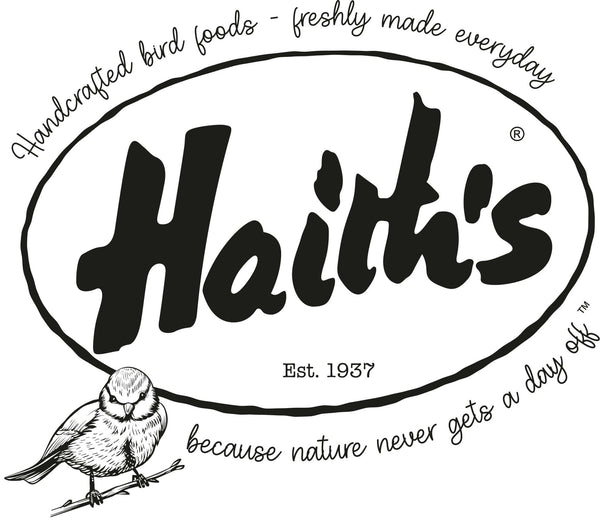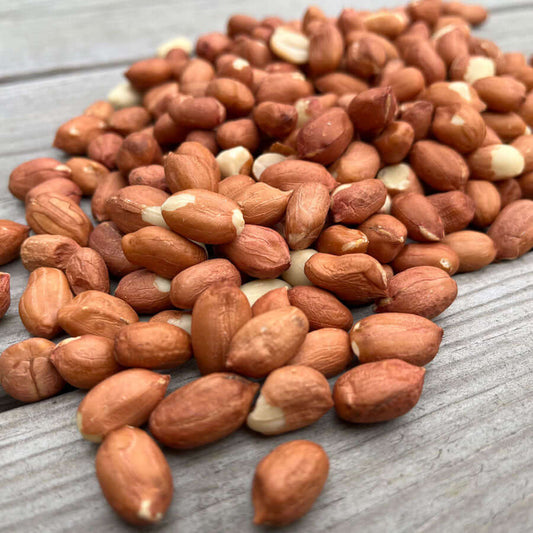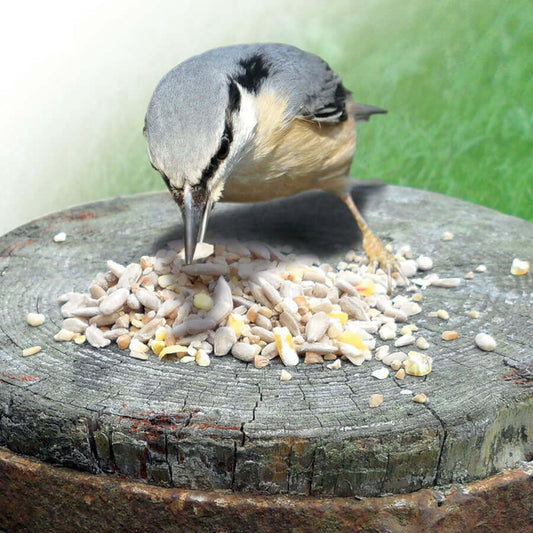Feeding Garden Birds in September: Supporting Wildlife as the Seasons Change
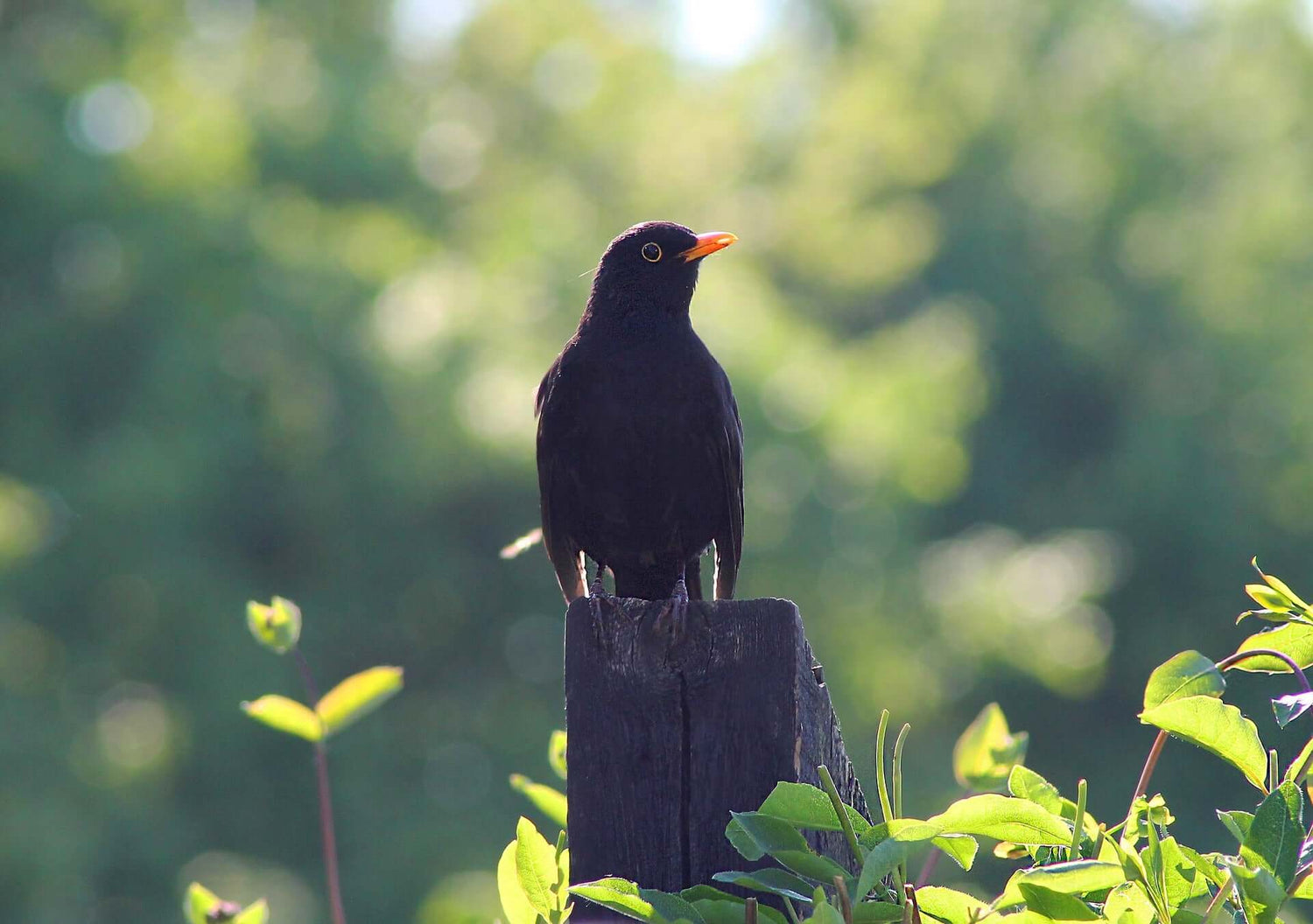
September is a month of transition in our gardens. The warmth of summer lingers, but the mornings feel fresher, the evenings draw in earlier, and there’s a sense that autumn is just around the corner. For garden birds, September is a busy and important time of year. Some species are preparing for long migratory journeys, while others are recovering from the energy spent raising chicks through spring and summer. Natural food sources are beginning to change too, which means our garden feeders can play a big part in supporting local and visiting birds.
In this blog, we’ll look at what birds are up to in September, which species you might spot in your garden, and what the best foods are to offer them during this transitional month.
What Are Birds Doing in September?
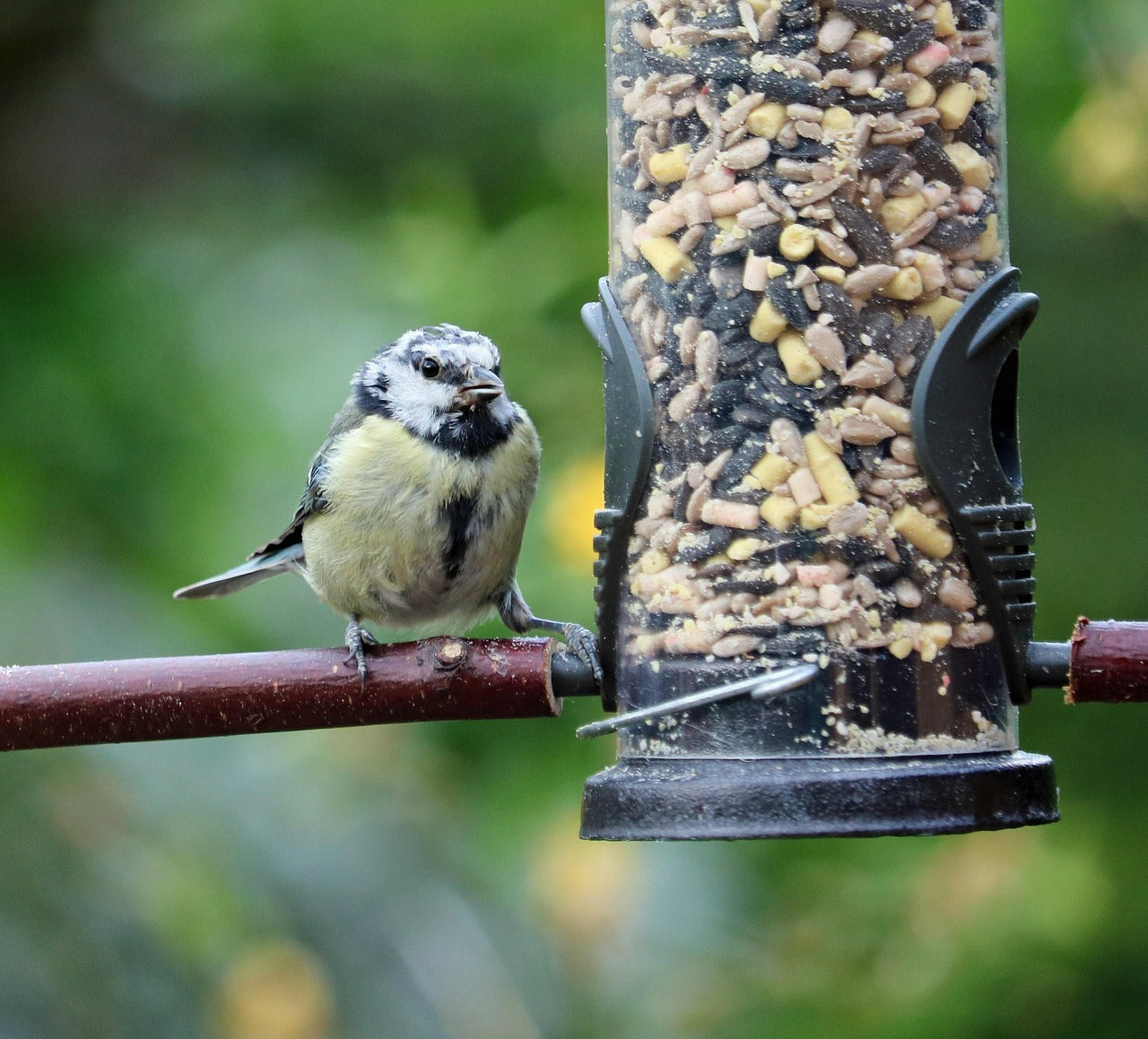
After the frantic activity of the breeding season and the feather-shedding of moulting in August, September brings a calmer but no less vital phase in a bird’s year. Many garden birds are regaining their strength and looking to build up energy reserves for the colder months ahead. At the same time, the shifting daylight and seasonal changes prompt some species to begin migration.
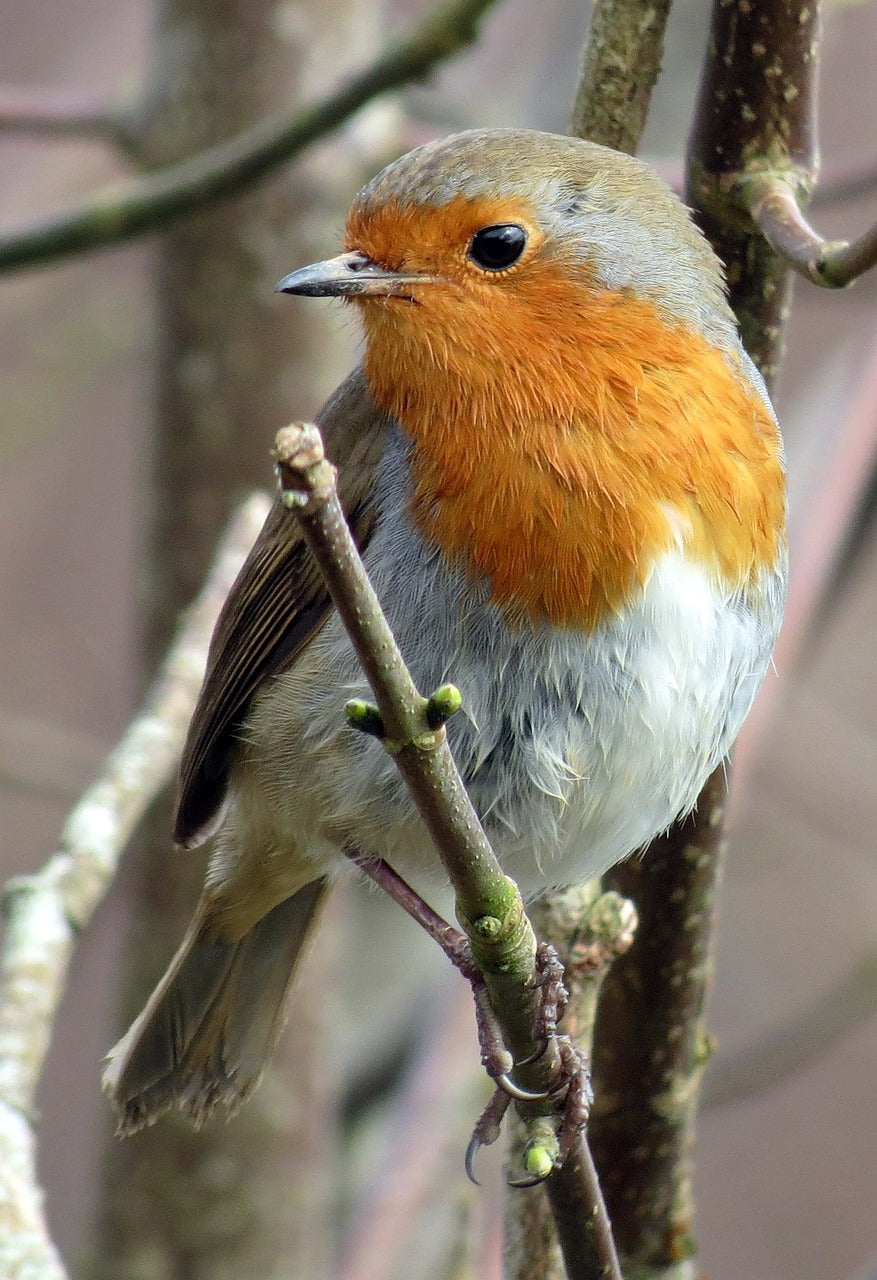
For resident birds like robins, blue tits, great tits, blackbirds, and sparrows, September is about replenishing energy and storing up reserves. They’ll take advantage of berries, seeds, and insects in the hedgerows, as well as any supplementary food we provide in gardens.
For migratory species, September is a staging post. Some birds that nested in the UK, such as swallows, house martins, and willow warblers, are preparing for or embarking on their journeys south to Africa. Others, like chiffchaffs and blackcaps, may remain if the autumn and winter are mild, but many still migrate to warmer climates. Meanwhile, we start to see the first arrivals of winter visitors, including redwings and fieldfares, which fly in from Scandinavia and northern Europe later in the month.
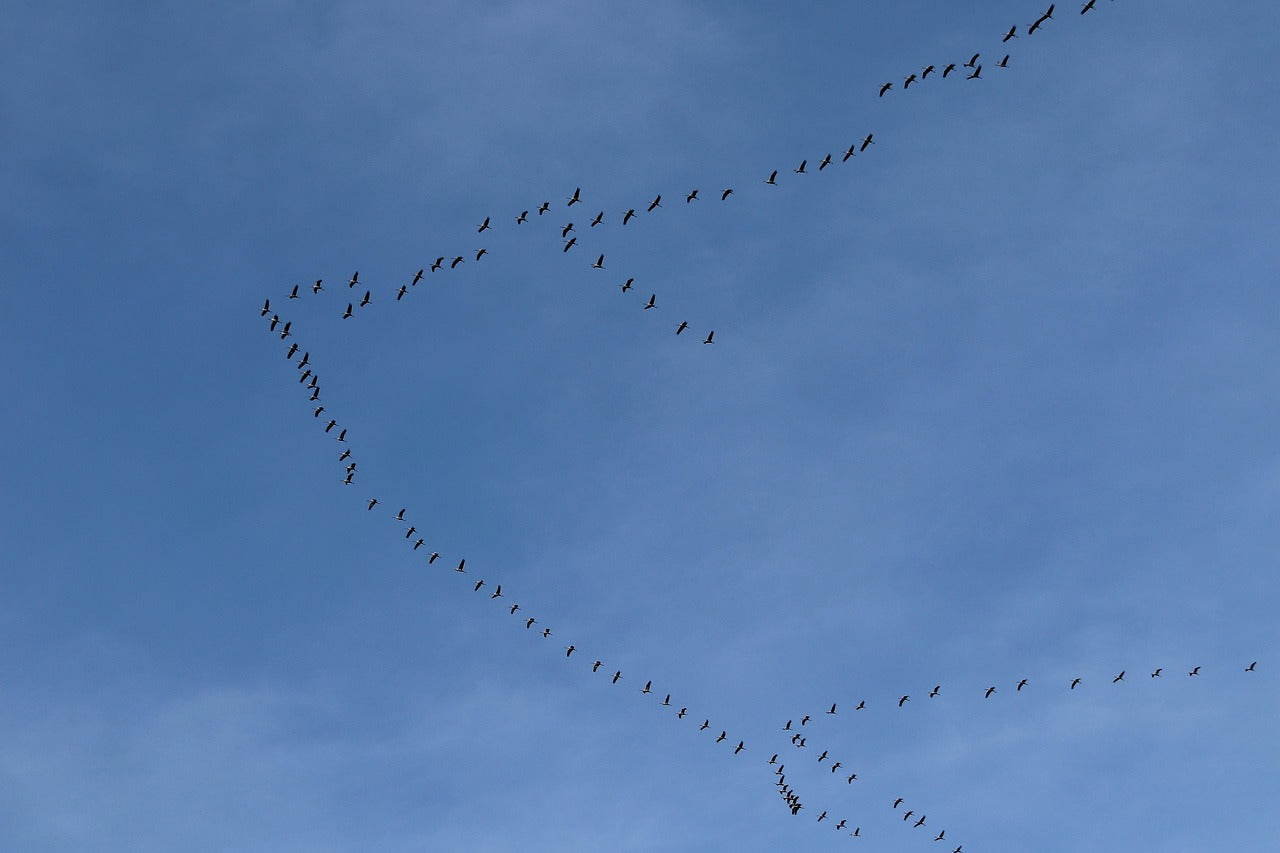
Migration in September
Migration is one of the most remarkable spectacles of the bird world, and September is at its heart. If you’ve ever looked up at the sky on a crisp September morning and seen swallows gathering on telephone wires, you’ve witnessed one of the great signs of the season. These small, agile birds prepare for a journey of thousands of miles to sub-Saharan Africa. Housemartins often depart around the same time, while swifts will already have gone by the end of August. Warblers, flycatchers, and other insect-eating migrants head south too, as the supply of flying insects in the UK begins to dwindle with cooler weather. But migration is not just about departure - it’s also about arrival. From September onwards, our gardens and countryside begin to host species that have travelled south to escape harsher northern winters. Geese, ducks, thrushes, and finches may appear in increasing numbers as the month progresses. Watching the ebb and flow of migration is a reminder of how connected our gardens are to the wider natural world.
What Birds Might You See in Your Garden?
September can be a surprisingly varied month at the bird table, as both resident and migrating birds pass through. If you live near coastal areas or wetlands, you may also spot wading birds and waterfowl arriving from northern breeding grounds. Some of the species you’re most likely to see include:
-

Robins
Becoming more noticeable again as they finish moulting and begin to sing their autumn song.
-

Blue tits and great tits
Active around feeders, often in small family groups.
-

Goldfinches
Still attracted to niger seed and sunflower hearts, often arriving in flocks.
-

Blackbirds and thrushes
Feeding on berries, windfall fruit, and insects.
-

Chaffinches and greenfinches
Increasingly common as hedgerows provide seed-rich food.
-

Swallows and housemartins
Gathering in numbers overhead before leaving for Africa.
-

Warblers (such as chiffchaffs and blackcaps)
Some lingering in gardens as they prepare to migrate.
-

Migrating thrushes (like redwings and fieldfares)
Possible by late September in northern and eastern parts of the UK.
What to Feed Garden Birds in September
With the change of seasons, natural food supplies fluctuate. Berries and seeds begin to ripen, but insect numbers fall, particularly on cooler or wetter days. Providing a steady supply of nutritious food in your garden helps birds top up their energy and prepare for the harsher months ahead. Here are some of the best foods to offer in September:
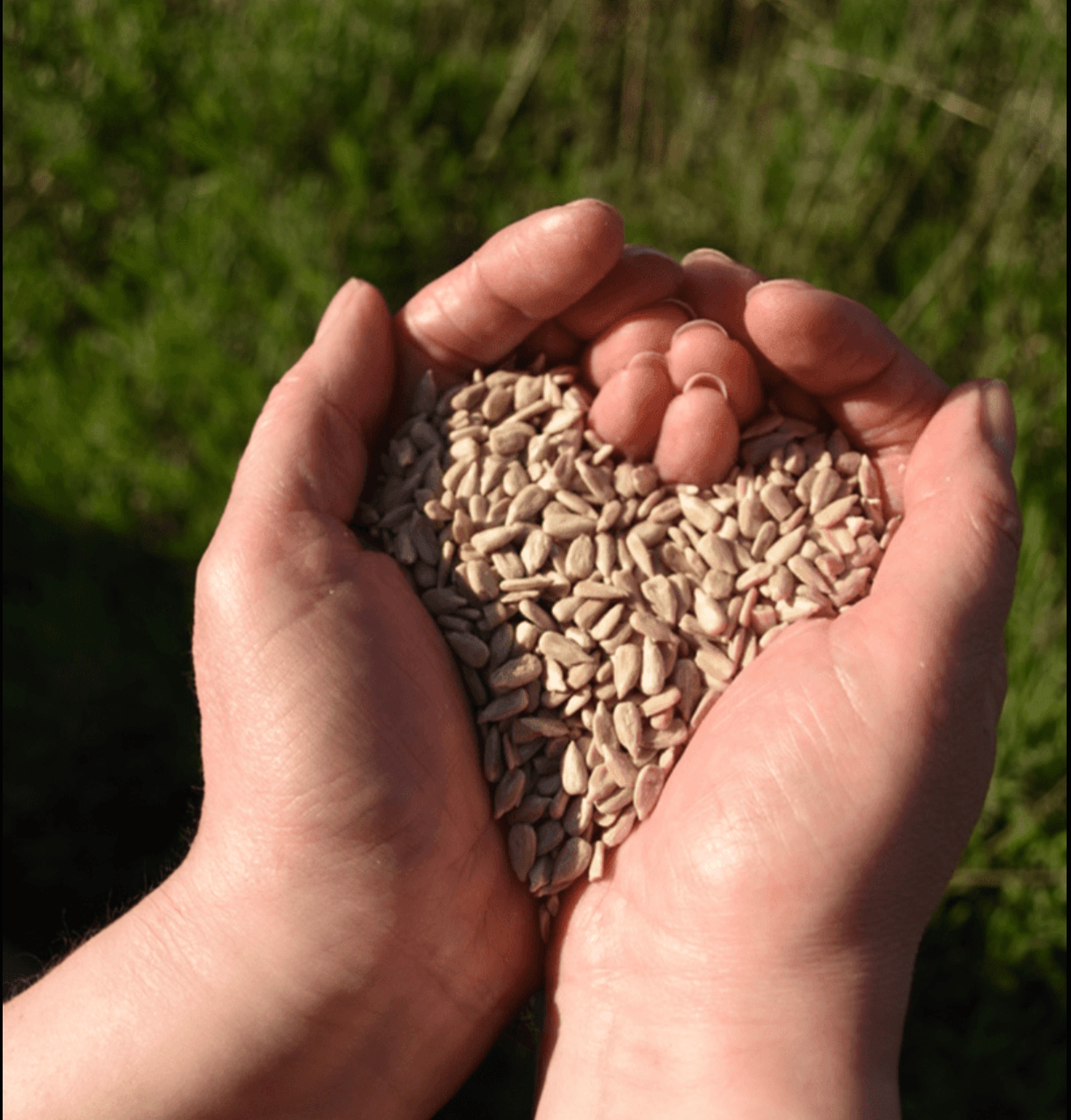
Sunflower Hearts and Black Sunflower Seeds
Packed with calories and easy to eat, sunflower hearts are a favourite of goldfinches, greenfinches, tits, and many other species. They’re especially useful at this time of year when birds are building fat reserves.
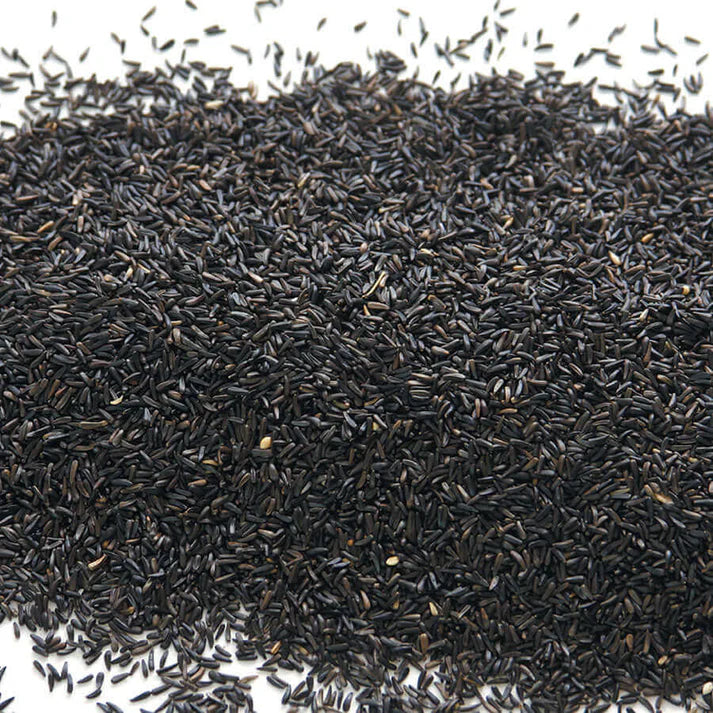
Niger Seed
If you love watching goldfinches, niger seed is a must. Its high oil content provides plenty of energy, and it attracts siskins and
redpolls too.
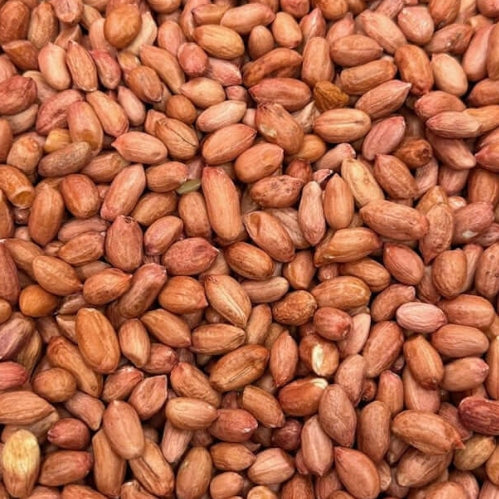
Peanuts
Rich in fat and protein, peanuts are excellent for garden birds in September. Just make sure they’re offered in a mesh feeder to prevent choking, especially for smaller birds and fledglings still learning to feed themselves.

Suet and Fat Balls
Even though the weather isn’t yet wintry, suet is valuable in September. Birds need the extra calories for migration or for putting on weight ahead of colder months. Suet pellets, balls, or blocks attract a wide variety of species.

Mealworms (dried or live)
Insect-eating birds such as robins, wrens, and blackbirds appreciate mealworms. They’re particularly useful as natural insect supplies begin to dwindle.

Fruit
Windfall apples, pears, and plums can be left out for thrushes, blackbirds, and starlings. Soft fruit such as grapes and raisins (soaked first to soften them) are also enjoyed.
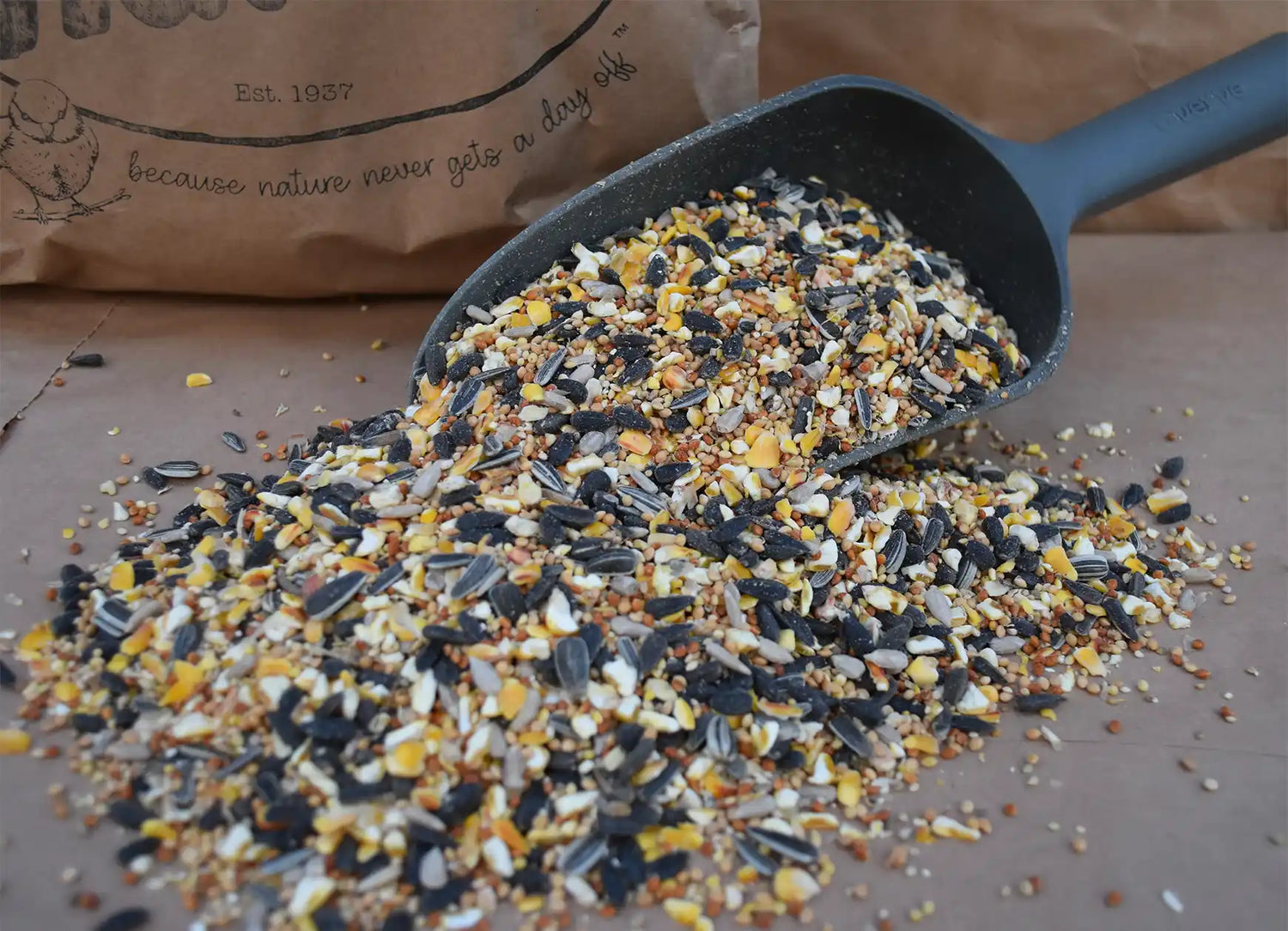
Seed Mixes
A good-quality seed mix provides a balanced option for a wide range of garden birds. Look for mixes without too much wheat, as this mainly attracts larger birds like pigeons.
Tips for Feeding Birds in September
- Keep feeders clean: As the weather turns damper, it’s vital to clean feeders regularly to prevent the spread of disease.
- Offer fresh water: A bird bath is just as important as food. Birds need to drink and keep their feathers clean for efficient flight.
- Be consistent: Regular feeding helps birds know they can rely on your garden as a safe food source.
- Watch for migration visitors: Keep an eye out for unusual birds passing through - migration can bring surprises.
- Avoid bread: It has little nutritional value and can be harmful in large amounts. Stick to seeds, suet, and fruit.

Creating a Welcoming Garden
September is also a good month to think about how your garden can provide natural food and shelter. Planting berry-rich shrubs such as hawthorn, rowan, or holly will attract birds well into winter. Leaving seedheads on plants like sunflowers and teasels gives goldfinches and sparrows natural foraging opportunities. If you’ve been tidying the garden, consider leaving a patch of long grass or a pile of leaves in a corner. These provide shelter and attract insects, which in turn feed birds. A wildlife-friendly garden works hand-in-hand with supplementary feeding to support birds all year round.
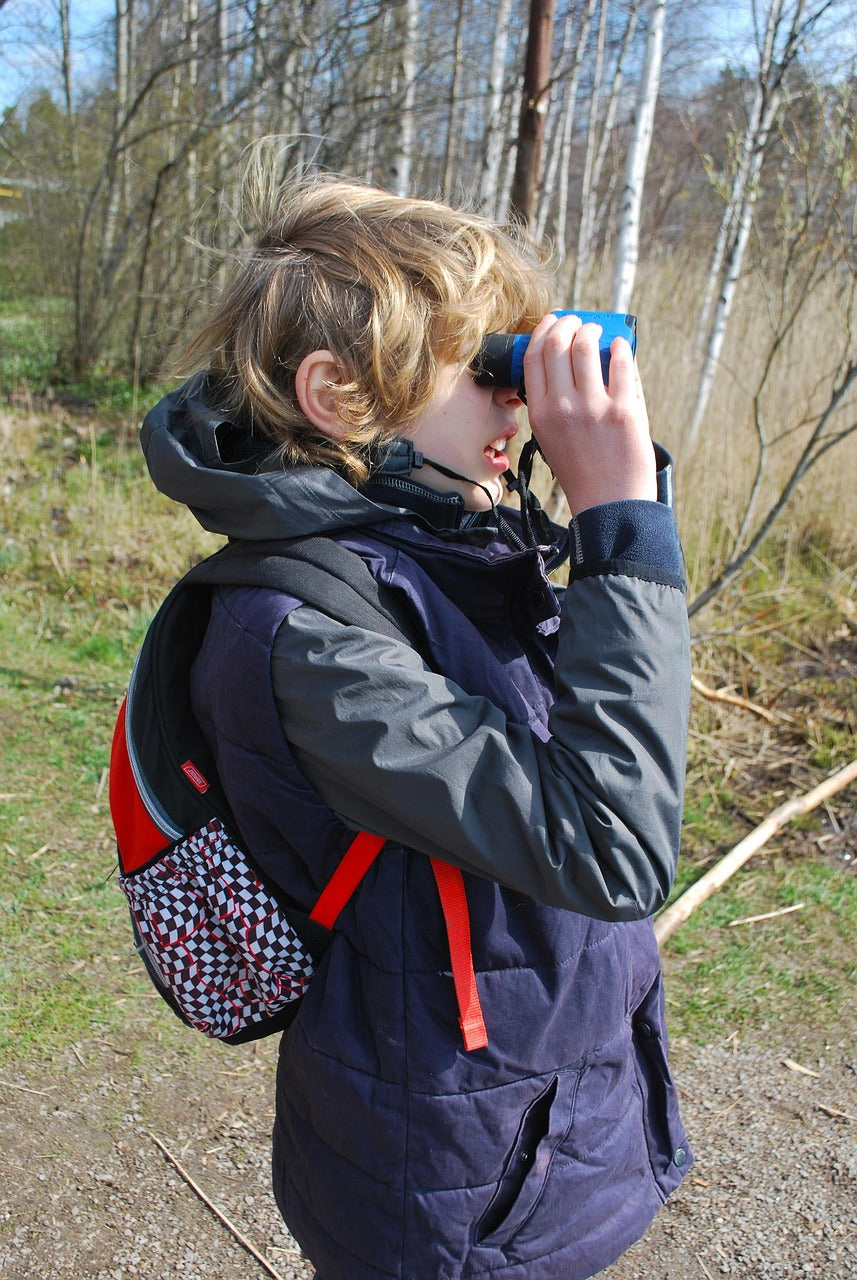
A Rewarding Month for Birdwatchers
Feeding garden birds in September is about more than just providing food - it’s about connecting with the rhythms of nature. Watching swallows gather before migration, spotting the first redwings arrive, or seeing a robin reclaim its territory with song are all moments that remind us of the changing seasons.
By offering a variety of nutritious foods, keeping feeders clean and well-stocked, and creating a bird-friendly garden, we can help our garden birds through this transitional month. In return, they bring colour, activity, and joy to our gardens as summer fades and autumn begins.
September is a month of change for garden birds - some are leaving, some are arriving, and many are simply rebuilding their strength. By providing the right foods and a welcoming environment, you can play an important role in supporting them through this crucial stage of their year.
Shop your September bird food here
-
Sunflower Hearts - Premium Quality
Vendor:HAITH'S to HOME4.99 / 5.0
(203) 203 total reviews
Regular price From £4.99 GBPRegular priceUnit price / per£4.99 GBPSale price From £4.99 GBP -
Peanuts for Birds - Premium Quality Wild Bird Food
Vendor:HAITH'S to HOME4.8 / 5.0
(102) 102 total reviews
Regular price From £4.75 GBPRegular priceUnit price / per£4.75 GBPSale price From £4.75 GBP -
Huskfree Advance™ - No Mess Wild Bird Food
Vendor:HAITH'S TO HOME4.87 / 5.0
(151) 151 total reviews
Regular price From £6.99 GBPRegular priceUnit price / per£6.99 GBPSale price From £6.99 GBP -
Fat Robin™ - Soft & Nutritious Bird Blend
Vendor:HAITH'S to HOME4.45 / 5.0
(20) 20 total reviews
Regular price From £4.99 GBPRegular priceUnit price / per£4.99 GBPSale price From £4.99 GBP
